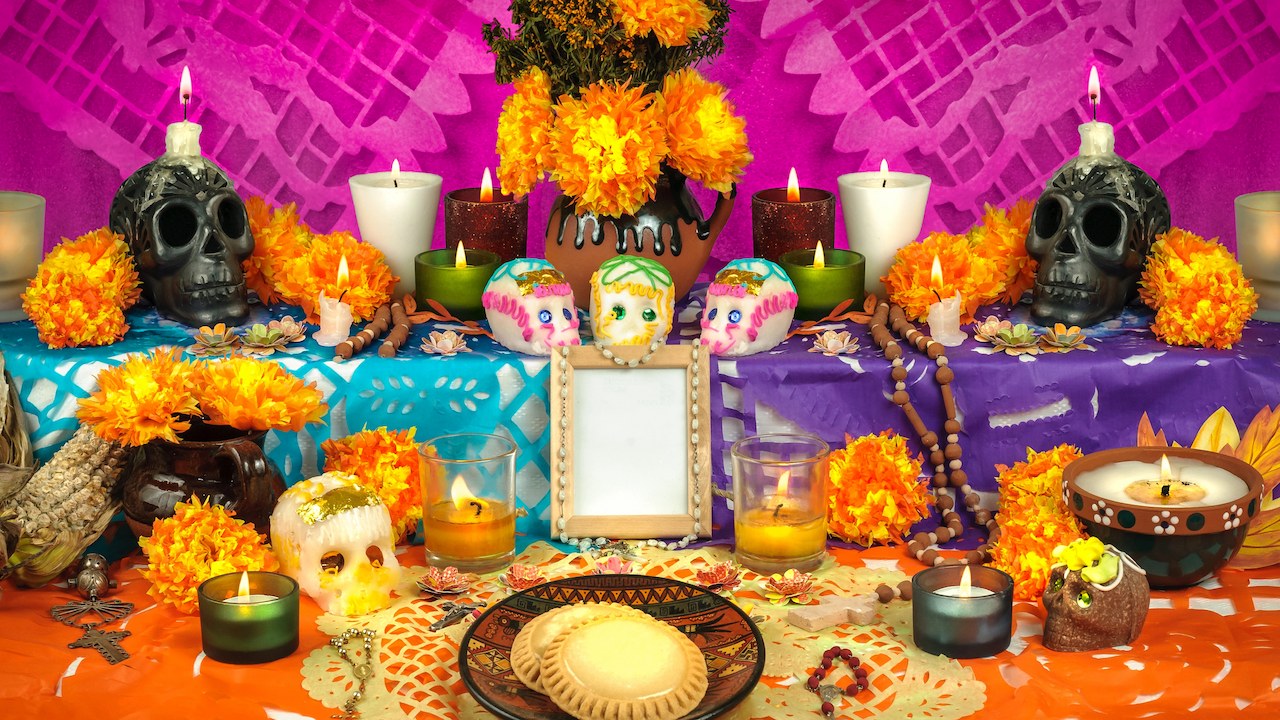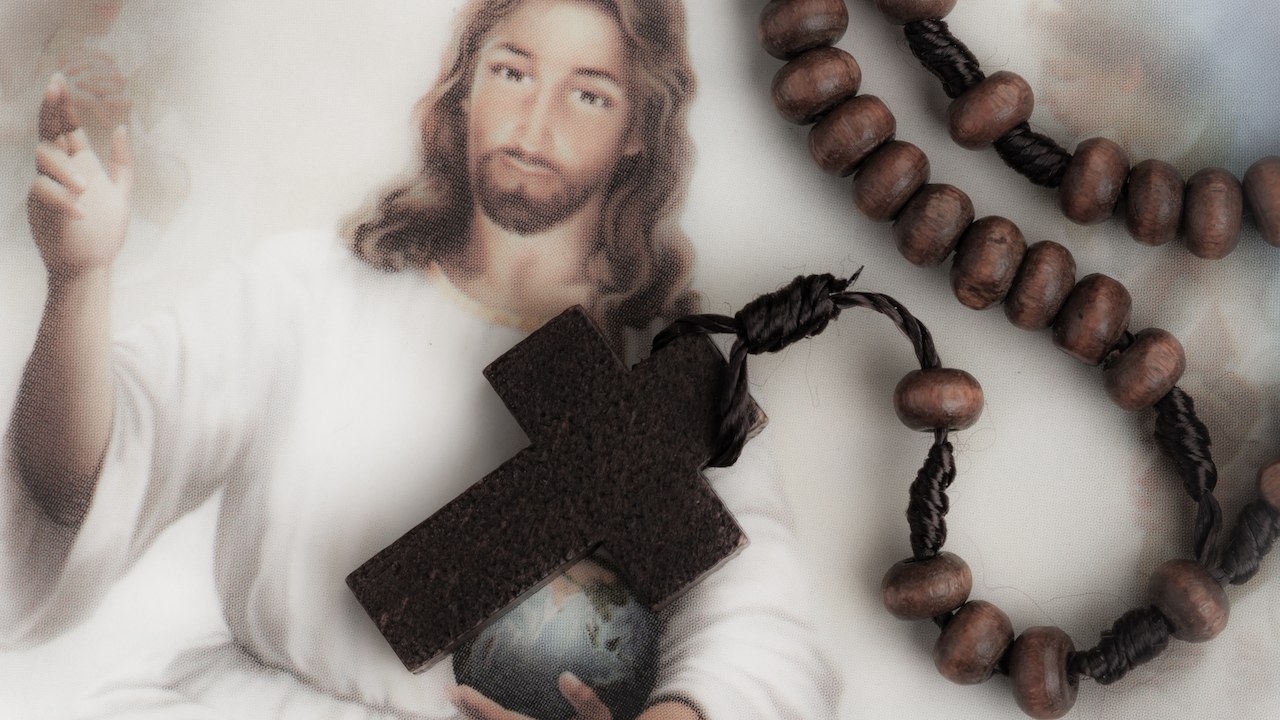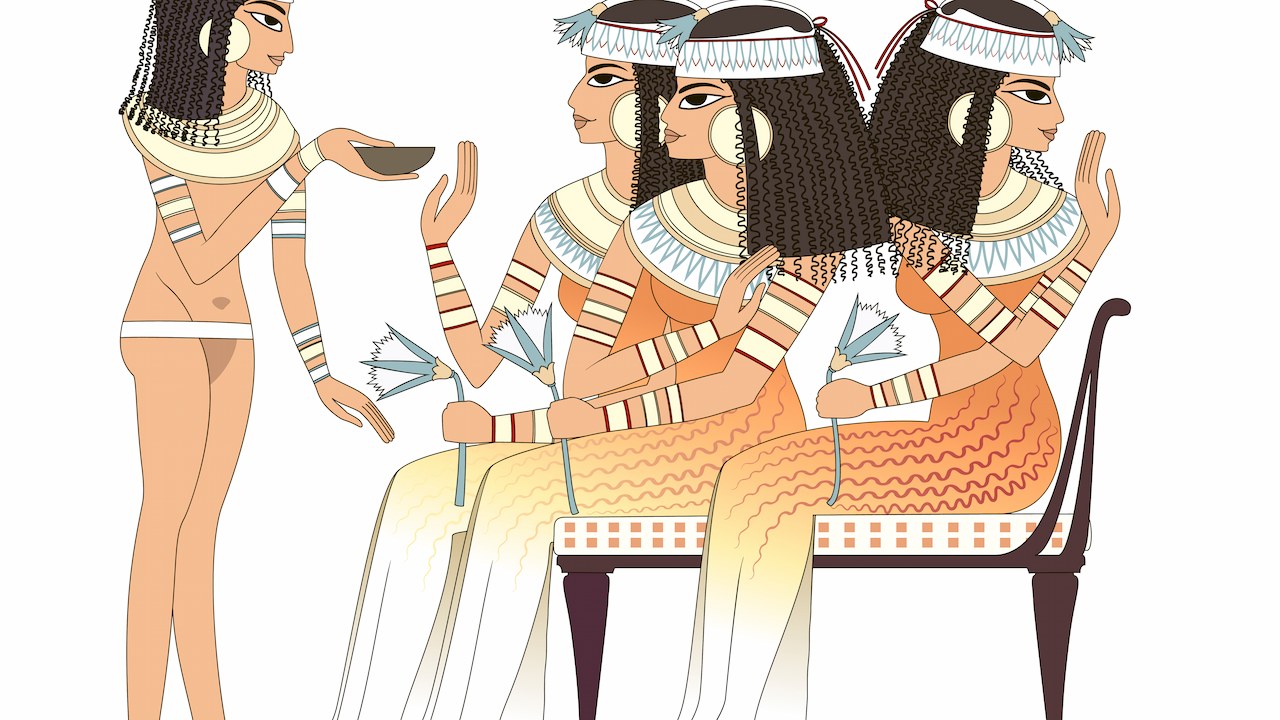Holidays are often celebrated with joy, festive decorations, and a spirit of togetherness. However, some holidays have a darker origin, rooted in historical events or cultural practices that were not initially associated with happiness. In this article, we delve into the origins of several well-known holidays that didn’t start as happy occasions and explore the reasons behind their somber beginnings.
Labour Day

Labour Day, celebrated on the first Monday of September in the United States, has its roots in the labor movement and the fight for workers’ rights. The holiday commemorates the Haymarket affair of 1886 in Chicago, where a peaceful labor rally turned violent. The demand for an eight-hour workday led to clashes with the police, resulting in the deaths of both officers and civilians. Labour Day, therefore, began as a symbol of the struggle for workers’ rights and the sacrifices made during the fight for better working conditions.
Day of the Dead

Dia de los Muertos, or the Day of the Dead, is a Mexican holiday that honors deceased loved ones. While it may seem like a joyous celebration with vibrant colors and elaborate altars, its origins trace back to pre-Columbian Mesoamerican cultures. The Aztecs dedicated a month to honor the goddess Mictecacihuatl, the Lady of the Dead. Over time, the Spanish colonization merged these traditions with Catholicism, creating the modern celebration we know today.
St. Patrick’s Day

St. Patrick’s Day, celebrated on March 17th, commemorates St. Patrick, the patron saint of Ireland. St. Patrick wasn’t originally from Ireland however. He was kidnapped from England and sold into slavery there. He was eventually able to escape and make Ireland his home where he also began to proselytize. It was a dangerous time and walking around Ireland trying to convert people came with risks. However, it is said that St. Patrick was known for being tough and was also prone to violent outbursts. Initially, the day was associated with religious observances to honor St. Patrick’s contributions to Christianity in Ireland. However, the celebration transformed over time into a more secular and festive occasion, marked by parades, excessive drinking, wearing green, and revelry.
Thanksgiving

Thanksgiving in the United States has a complex history. While it is now a day of gratitude and feasting, its origins lie in the early colonial period when Pilgrims and Native Americans gathered for a harvest feast in 1621. However, the subsequent history involves the displacement and murder of Native Americans, making the holiday’s origin a mixed and contested legacy.
Valentine’s Day

Valentine’s Day, celebrated on February 14th, has roots in both Christian and Roman traditions. While it is now a day to express affection, its historical origins are not as sweet. Some theories suggest that Valentine’s Day may have been linked to ancient Roman fertility rituals or the commemoration of Christian martyrs.
The original tradition on Valentine’s Day was to sacrifice a goat and a dog. They would then cut off a piece of skin of the animals, touch it to their foreheads and strike it against women nearby who hoped it would make them more fertile. However, Pope Gelasius ended the tradition of sacrifice and the romantic association gained prominence in the Middle Ages with the rise of courtly love.
Halloween

Halloween, with its spooky costumes and trick-or-treating, has Celtic origins in the festival of Samhain, marking the end of the harvest season. As Christianity spread, the holiday incorporated All Saints’ Day and All Souls’ Day. Over time, Halloween evolved into a celebration with playful scares, but its beginnings were rooted in the belief that the boundary between the living and the dead was thin during Samhain. They believed this made it easier for the spirits and the souls of the dead to return.
Columbus Day

Columbus Day, observed on the second Monday of October, honors Christopher Columbus’s arrival in the Americas in 1492. While traditionally celebrated as a day of exploration and discovery, the holiday has faced criticism for glorifying colonization and overlooking the impact on indigenous populations. Many now recognize it as a day to reflect on the broader consequences of European contact in the Americas.
Good Friday

Good Friday, observed by Christians, commemorates the crucifixion of Jesus Christ. Despite its somber name, it is considered “good” because it represents the redemption of humanity through Christ’s sacrifice. The day is marked by religious observances, reflecting on the crucifixion and the deep spiritual significance it holds for Christians.
Christmas

Christmas, celebrated worldwide, commemorates the birth of Jesus Christ. While it is now a festive occasion with gift-giving and merriment, its origins aren’t religious. Christmas absorbed various traditions over the centuries, including Roman Saturnalia and Germanic Yule celebrations. The season was originally referred to as the Winter Solstice or Yule, a pagan festival that celebrated survival of the winter. Many would fear that the pagan god Odin would be observing people from the sky to determine who would survive the winter and who would die.
Black Friday

Black Friday, the day after Thanksgiving, marks the beginning of the Christmas shopping season with significant discounts and sales. The term “Black Friday” originally had a negative connotation, referring to the chaotic and crowded post-Thanksgiving shopping. The term was coined by the Philadelphia Police department who dreaded the day of traffic jams and over crowded retail stores. It later evolved into a positive term, symbolizing retailers turning a profit and moving “into the black” on their balance sheets.
Read More: 15 Practices by Ancient Egyptians for Exceptional Hygiene

The ancient Egyptians, known for their advanced civilization and rich cultural heritage, were not only pioneers in fields like architecture and astronomy but also practitioners of impressive hygiene rituals. Despite the lack of modern amenities, these ancient people prioritized cleanliness and established a range of practices to maintain personal and public hygiene. Delving into history, we discover 15 fascinating things that ancient Egyptians did for good hygiene, revealing their ingenuity and commitment to well-being.
